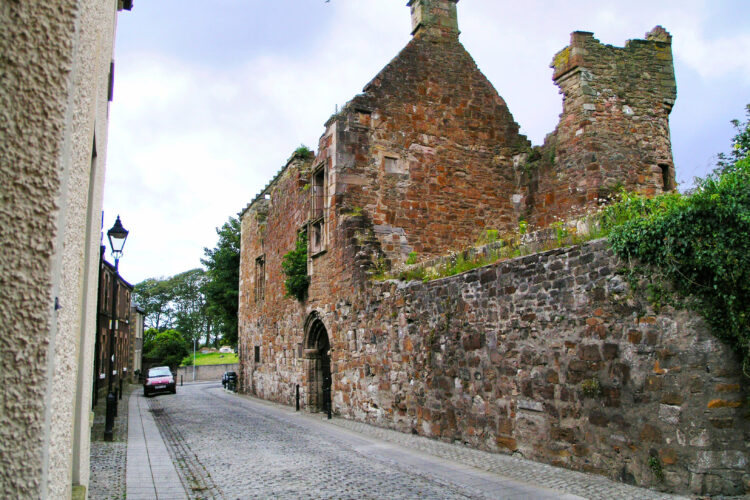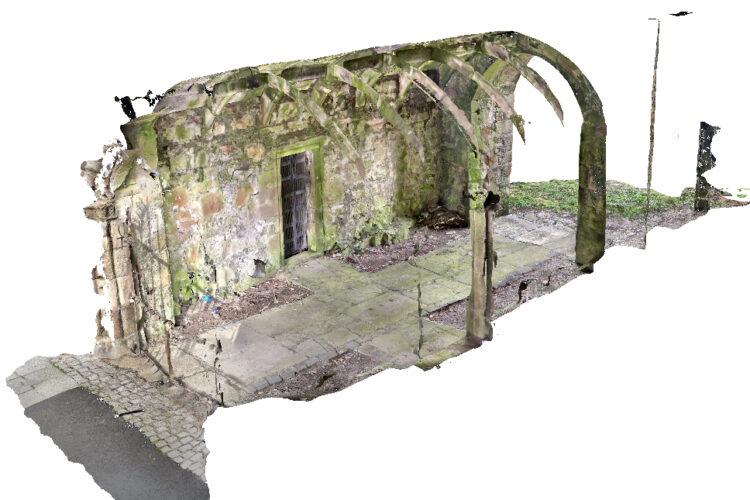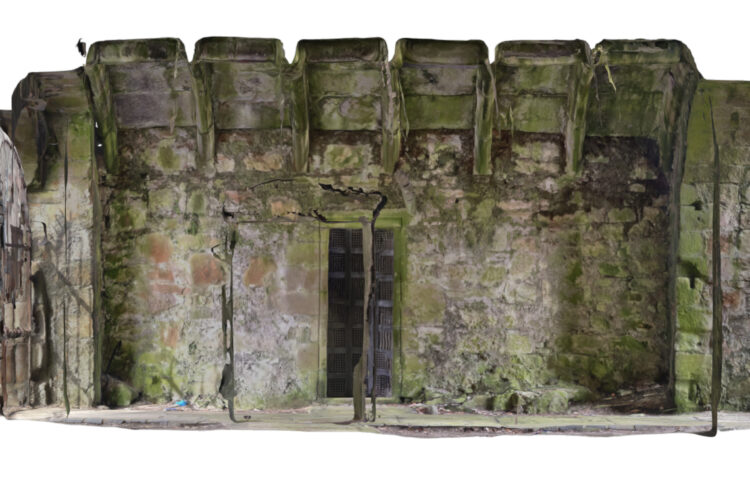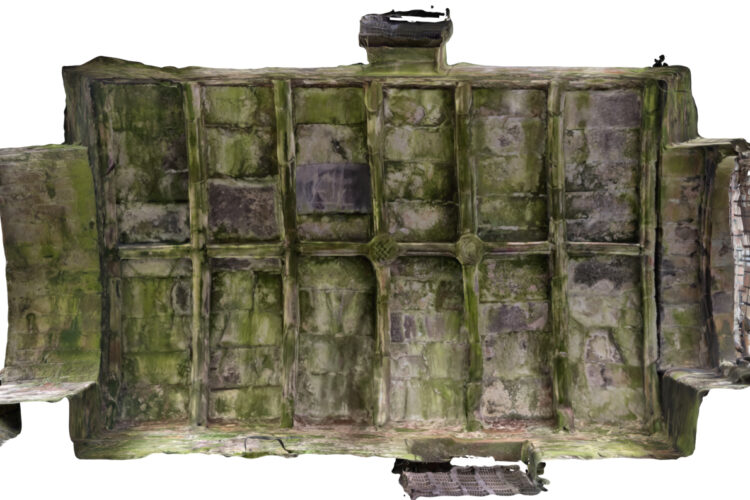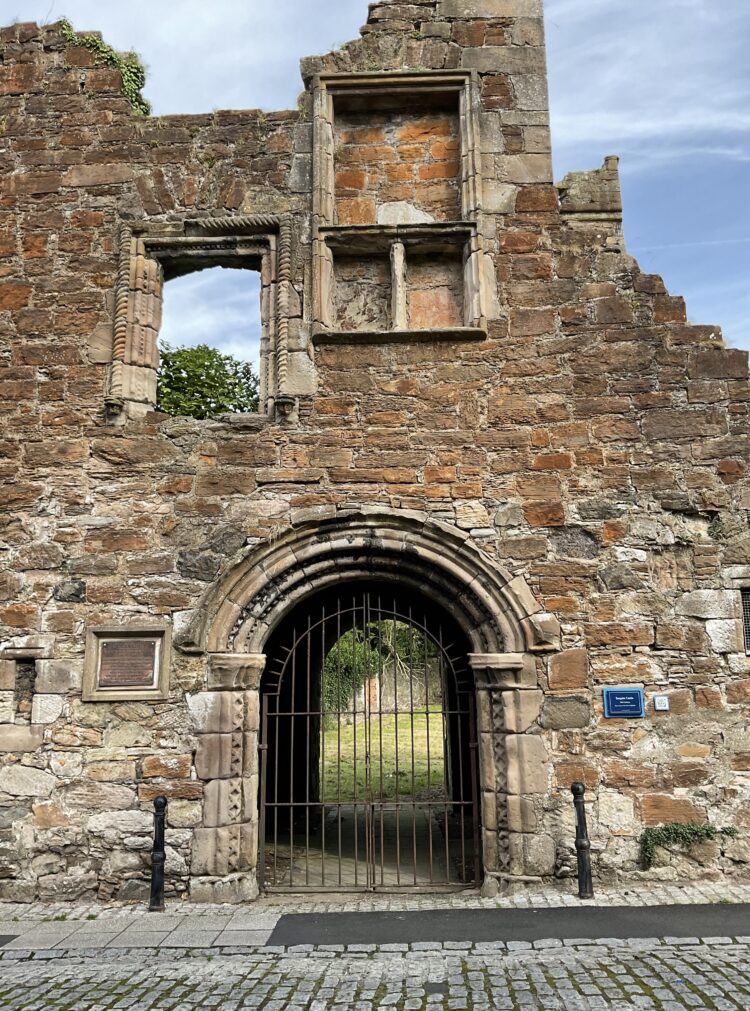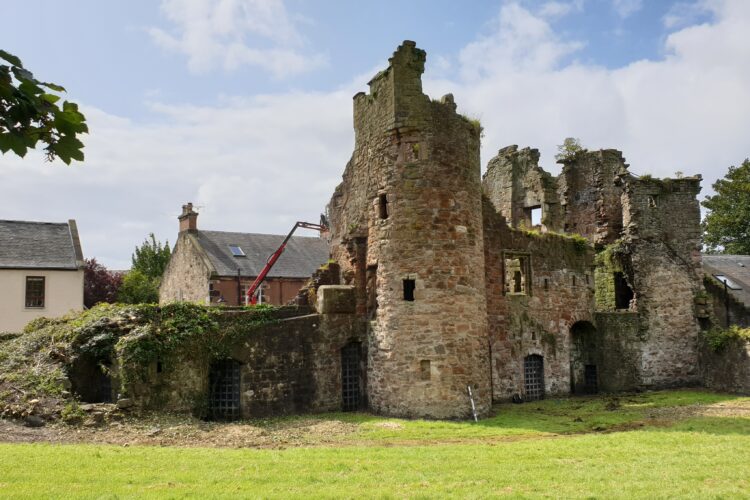Seagate castle is of great local, regional and national importance. As a Scheduled Ancient Monument its cultural significance is very high and it is recorded that Mary, Queen of Scots stayed in the castle in 1563. The treaty of Irvine, between Scotland & England was signed at Seagate Castle on 9th July 1297.
Robert Potter & Partners were appointed as lead consultant to repair and stabilise this C14th castle. The castle was occupied until 1746 when the roof was removed (under instruction from the 10th Earl of Eglinton). The ruin was in a serious state of disrepair with collapsed wall sections and extensive vegetation including ivy.
Essential repairs were required to protect the public from falling masonry and protect the historic wall fabric from further decay. The repairs were undertaken in response to the recommendations contained within our condition report.
The trees damaging the building fabric were initially reduced to stump height with extant foliage cut back to allow archaeological monitoring during the removal of these stumps. Vegetation and dislodged masonry were removed from the walling with the latter carefully recorded and re-bedded in its original position using lime mortar. Stone indenting was also undertaken where appropriate.
Excessively overgrown vegetation was treated with a herbicide accepted by Historic Scotland following advice from their in-house Scientific Team that it would not damage the historic fabric.
Rough racking was formed at wallhead level to encourage rainwater to flow from and avoid any ponding, with the lime mortar at this position incorporating the use of Ligrophob, a trade name for magnesium stearate, to improve the water proofing quality of the mix.
These completed works enabled the local authority to undertake photogrammetry recording of the castle, with its output providing a base line for all future maintenance works, as recommended within our condition report.
